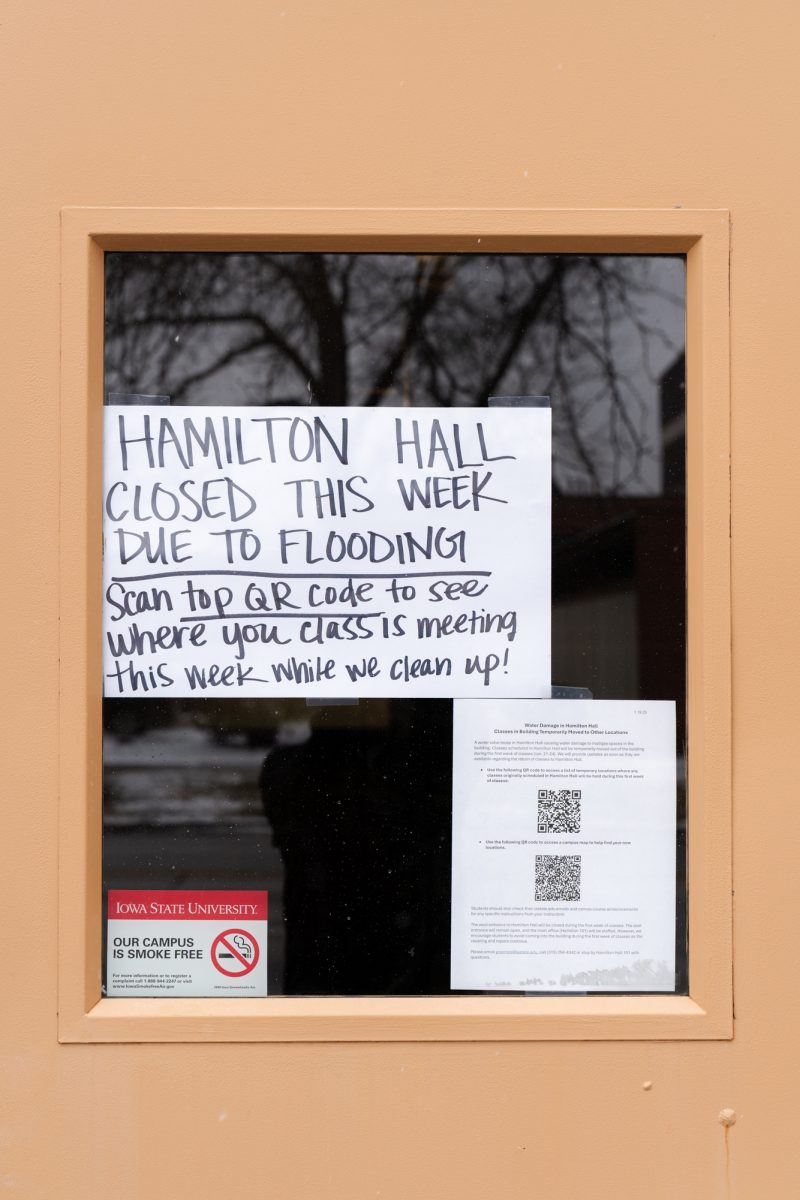Budget processes could see change from basic model
October 3, 2005
A newly-created committee will consider changing the methods the university uses for allocating its budget, with the intended goal of increasing accountability.
ISU President Gregory Geoffroy this month created the Budget Model Development Committee to develop a new university budget allocation process.
Changes to the current budget process will be finalized by July 1, 2006, and will not take effect until the 2007-08 academic year.
Committee members include university faculty and administrators.
Ellen Rasmussen, committee member and assistant provost, said Iowa State uses an incremental budget model, which is limited in funding flexibility.
“We have used the same basic model for a very, very long time and we see lots of our peers going to other models that can build in more accountability and help make different decisions regarding budgets,” she said.
Rasmussen said the committee would adopt responsibility-centered budgeting, which, unlike the current model, is more responsive to departmental demands and the university’s academic priorities.
“Basically, we wanted to question whether we are fully costing activities,” she said.
“That is what some of the responsibility-centered model does. They look at any set of activities and ask, ‘Do you know how to cost this?'”
Costing means determining the cost of a given project.
Johnny Pickett, committee member and associate vice president for business and finance, said the new model would allow Iowa State to focus funding in priority areas in the 2005-10 Strategic Plan.
“We want the resources to flow where the strategic plan says they should flow and to reward and allow units to explore their revenue generation,” Pickett said.
Rasmussen said no preliminary budget models have been created and she declined to comment on any potential departments that could experience funding increases or reductions.
“The group is beginning to identify all the sets of issues we are going to have to consider,” Rasmussen said. “We are just getting started.”
Representatives from Indiana University, the University of New Hampshire and the University of Illinois spoke about the advantages of responsibility center budgeting during a symposium held in May.
“Used in the right ways, in the right situation, it can be very helpful,” said Douglas Priest, special adviser to the senior vice president for academic affairs at Indiana University, who spoke at the symposium.
Rasmussen said the new model should also provide performance incentives.
“We recognize nothing is perfect, so we are just going to try and improve,” she said. “The president is very interested in providing a model with incentives and reactions based on actions people take.”
Rasmussen said she is unsure whether fiscal incentives will improve academic programs.
“If you set up incentives, that implies we are going to reward achieving goals,” she said.
An open forum regarding new budget models will be held later this month, although a date and location have not been set, Rasmussen said.
Additional input on the new budget development will be provided by the President’s Advisory Committee on Budget Priorities and Planning, with representation from the faculty, administrators and graduate students, she said.
Gregory Palermo, advisory committee member, professor of architecture and president-elect of the Faculty Senate, said the group has not met and does not yet know enough to comment about budget model changes.






